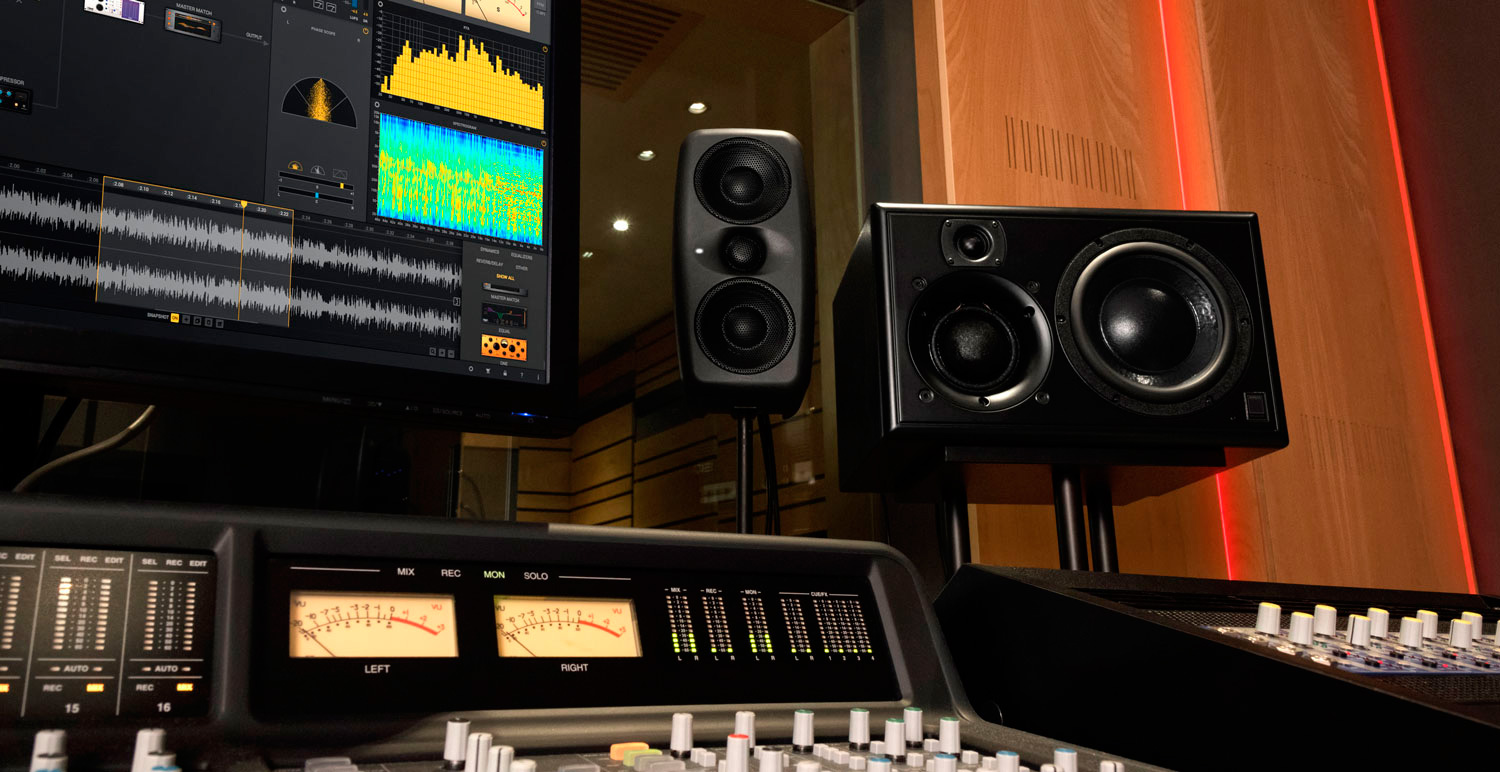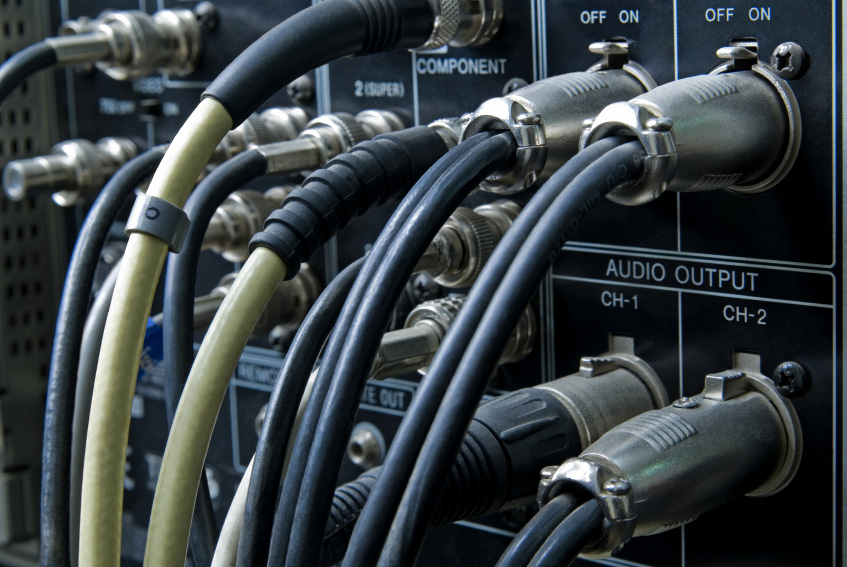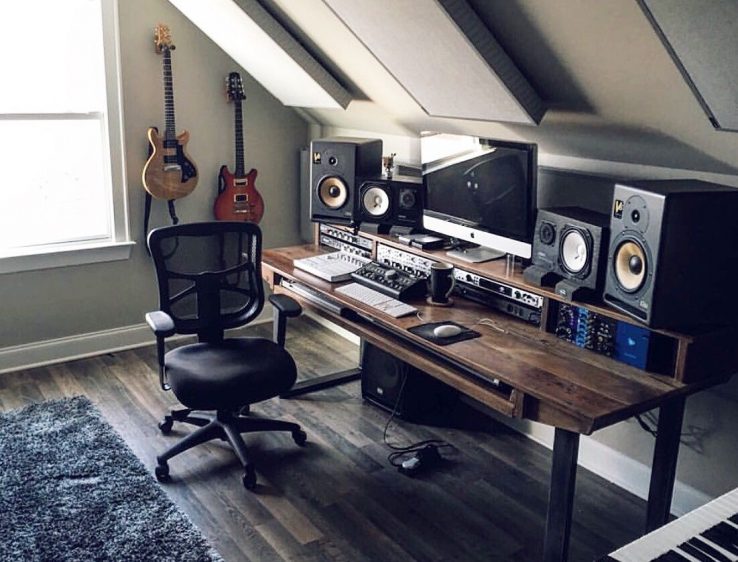So, you have got the equipment, so now it is time to set up your studio monitors. If you do not already have the sets, be sure to check out Studio Sets Guide for a few suggestions to set up multiple studio monitors to the computer.
A big note before we dive into the actual setup, no matter how good the monitors are if you leave your walls empty, the monitors will not compensate for that.

What I am concerned about here is sound diagnosis. In short, what the monitors put out is going to bounce into the walls and reach your ears as duplicate sounds overlapping the original sound of the monitors. You may conclude that this is not ideal.
So, I am aware that if you just received your first set of monitors, you obviously do not have acoustic therapy, but I strongly recommend that you look at it and seek to do a minimum of treatment in your room as soon as you can.
Want Gear to set up the Studio Monitors
I believe I need to include that here, since a lot of people just take their monitors and do not even care of anything else, they may like. And maybe you need some things you did not really think about.
Cables are available
Without wires, you will not bring sound to your tvs. Ideally, you are supposed to get what is known as secure cables.
This form of cable eliminates disturbance that is normally picked up from certain surrounding cables or mobile devices. This intrusion normally results in static or hiss on your monitors. If you want to reduce that noise, use balanced cables first.

Just with a bit of google-fu, we can see that a lot of people are having trouble with this. The search for “noise in speakers” returns 39.6 million results, while “noise in studio monitors” returns 1.6 million results. This is a common issue.
What you need to know about balanced cables is that, first and foremost, monitors need to know how to use the signal to connect studio monitors to computer. Look at the back of your monitors and see if you have a pair of “Balanced” or “BAL” inputs.
I say this because some of the lower end displays might not have any.
Balanced cables will only carry a channel per cable, so you will need a cable for the right speaker and a cable for the right speaker.
Also, before you grab your cables, let us talk about the balanced signal source, and you will see why.


